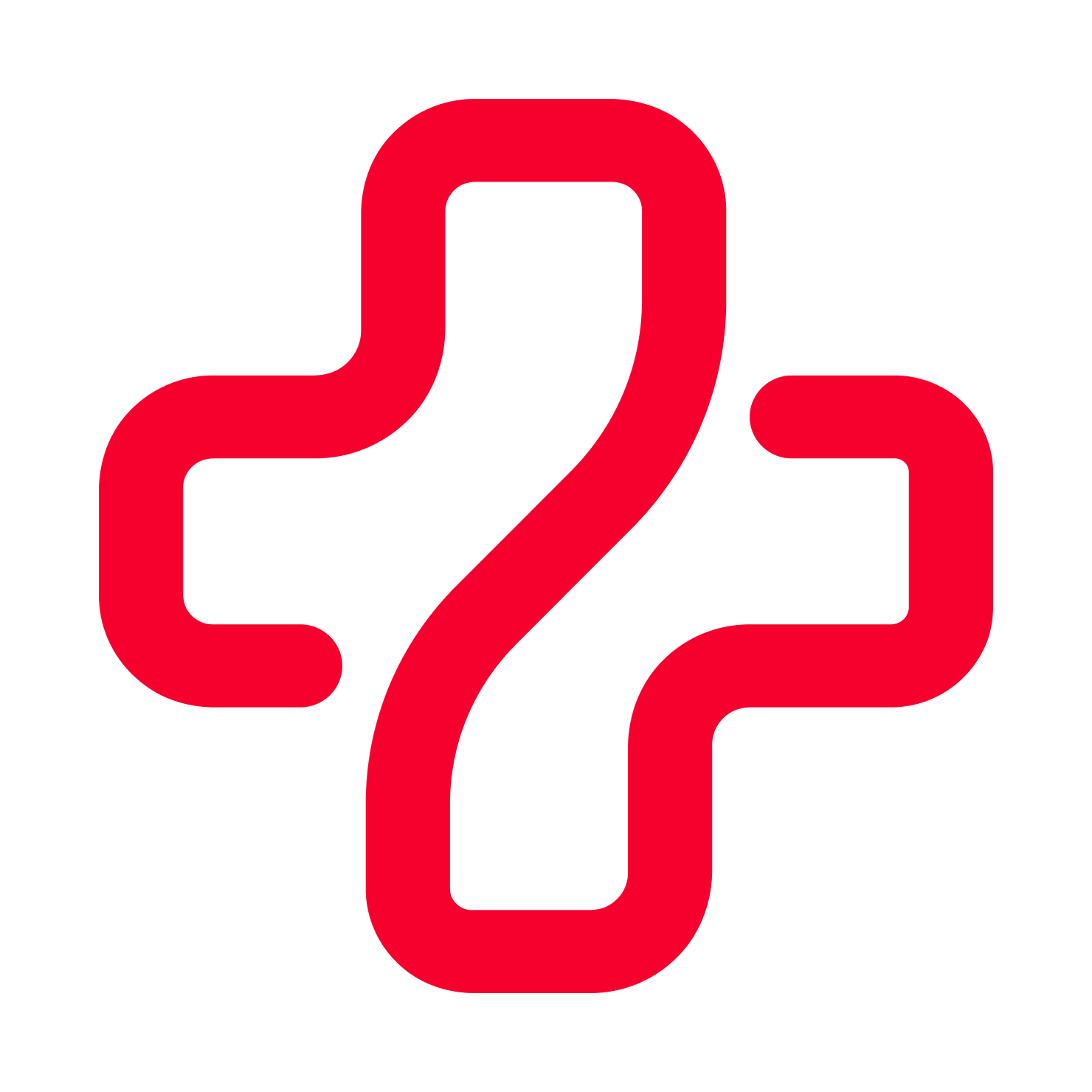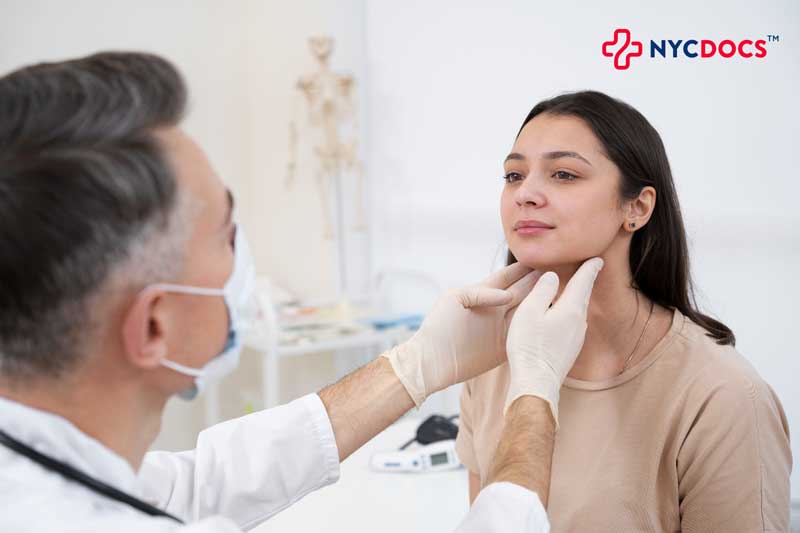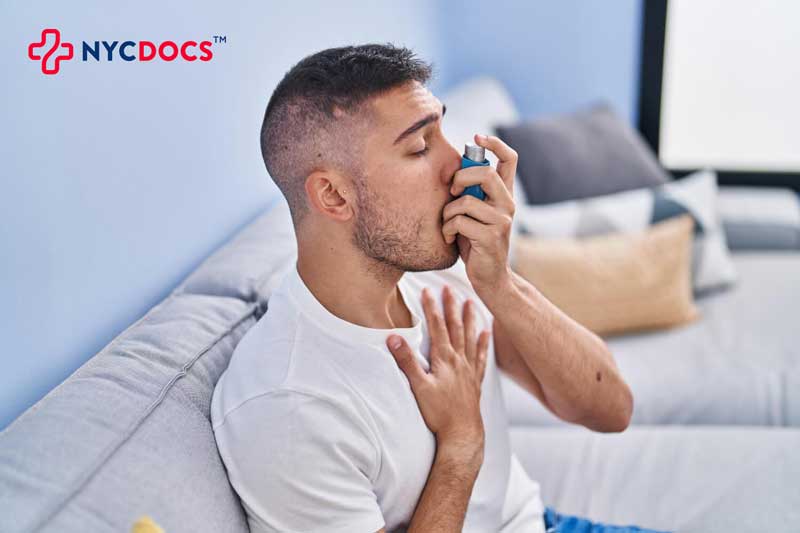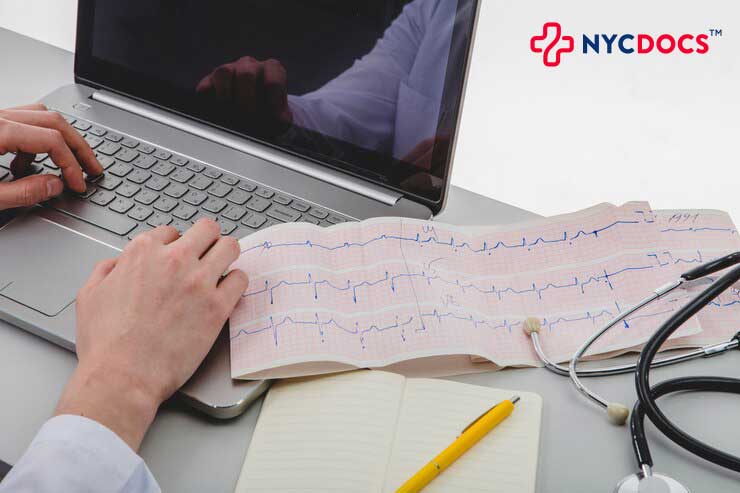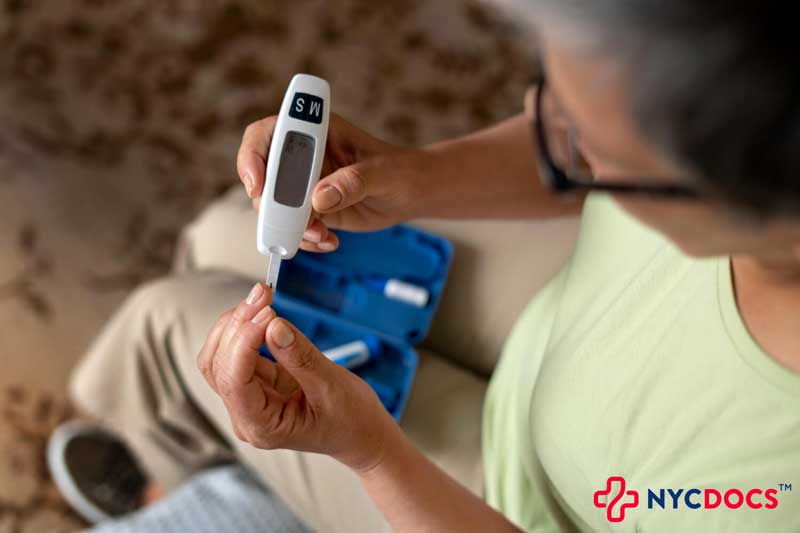lower your blood pressure for DOT Physical

Blood pressure is one of the measurements to pass the DOT Physical in Bronx. So you can easily understand that blood pressure and DOT physical are interrelated. Adults who want to get blood pressure CDL physical must go for a DOT physical. This is mandatory by federal law for blood pressure for commercial drivers. In most cases, people get very nervous and anxious about their blood pressure passing the DOT physical, which worsens their chances of passing the DOT Physical. General practitioners are there to help you maintain BP for DOT physical. This is a non-emergency treatment. Most people are not aware of their DOT blood pressure. By keeping track of your blood pressure DOT guideline, you can work on it. To maintain a secure driving career and for the safety of the whole community, public transport drivers need to meet physical BP requirements every 2 years. If they have high blood pressure, they will not be able to pass the exam. Still, there are different tactics of how to pass DOT physical with high blood pressure. There are many ways to lower blood pressure for DOT Physical. Keeping track of FMCSA hypertension guidelines, maintaining a healthy life, keeping follow-ups with your internal medicine doctor or primary care physicians, small changes in diet, maintaining weight, doing exercise, and having better sleep will help you to lower your blood pressure for DOT Physical. Your physical and mental conditions may result in high blood pressure and affect your CDL license.
Blood pressure DOT guidelines
High blood pressure is also called hypertension. It is a condition when your blood pressure is higher than the DOT physical BP requirements. The range of blood pressure for DOT physical is under 120/80 mmHg. This means systolic pressure is under 120 mmHg, and diastolic pressure is under 80 mmHg. But For DOT Physical, you need to have a blood pressure under 139/89 mmHg. If your pressure is more than DOT physical BP requirements, you are considered to have high blood pressure. High blood pressure is a common health problem. Sometimes you may need medication and some changes in your lifestyle to achieve BP for DOT physical.
Stages of High Blood Pressure
There are a few stages of DOT blood pressure limit
Elevated blood pressure
Normal blood pressure for DOT physical
Normal blood pressure for DOT physical means your current blood pressure that needs to pass DOT physical is higher than normal but lower than 139/89 mmHg. In this stage, you will be passing blood pressure for DOT physical but they will ask you to lower it to the normal range. It is also termed as prehypertension. It requires serious attention and you should work on it to fit in the new DOT blood pressure guidelines 2023.
Stage 1 CDL High Blood Pressure
Stage 1 high blood pressure means your blood pressure is higher than blood pressure DOT regulations, which is 140/90 mmHg. If you are diagnosed with stage 1 blood pressure and looking for how to pass a DOT physical with high blood pressure, this article is for you. In this stage, you might pass the DOT Physical but you have to give the DOT Physical after 1 year again to check your improvements. If you are diagnosed with stage 1 high blood pressure, you can work on it to lower your BP for DOT physical.
Stage 2 CDL High Blood Pressure
Stage 2 high blood pressure means your blood pressure is higher than 160/100.it is considered as CDL high blood pressure. When you are examined with stage 2 high blood pressure and CDL license is provided for 3 months, you will be asked to lower your blood pressure DOT physical and achieve the range of normal blood pressure which is under 139/89 mmHg. The lower, the better. Keep in mind that this stage is the max blood pressure for DOT physical.
Stage 3 CDL High Blood Pressure
If you have stage 3 high blood pressure which is higher than 180/110 mmHg you will fail DOT physical high blood pressure. You are at high risk. There is no chance to pass blood pressure CDL physical. If you want to get a blood pressure for cdl license, you must lower blood pressure for DOT physical. You have to make it under 140/90 mmHg and meet the level of DOT physical bp requirements. Then you might get a six-month trial and if you continue to maintain your DOT medical card blood pressure requirements. This biannual examination will be continued until you lower blood pressure DOT physical.
Here are tips for blood pressure DOT guidelines for you about how to lower your blood pressure for DOT Physical.
There are two methods of how to lower your blood pressure for DOT Physical.
- Short term method
- Long term method
Short-term method: Lower blood pressure instantly for DOT physical
When you target to lower your blood pressure for DOT Physical, you can follow some short-term methods to achieve your targeted blood pressure range. This is also called the instant method. It can be used on the same day of the examination of blood pressure for DOT medical card.
There are some effective methods of how to lower your blood pressure for DOT Physical right before your blood pressure DOT exam. It may help you to get your desired result. By applying these instant techniques, you will be aware of the best way to lower blood pressure for DOT physical.
- Lowering your stress level helps. Try to do some mindful meditation. Like inhaling with the nose and exhaling with the mouth.
- Do breathing exercises.
- Do not restrict breathing during examination time. It never helps. It raises blood sugar.
- Dress up accordingly to stay warm. If your body feels cold, you might be shivering which will make your bp high.
- Wear a half-sleep outfit. Putting BP measuring cuffs over the cloth may result in higher blood pressure.
- Sit comfortably in the chair. Do not cross your legs, and try to give your spine some support from the back.
- Try not to talk with the examiner. Talking might increase BP.
- Drink plenty of water, but do not forget to empty your bladder before the test.
- Consume a potassium source of food like a ripened banana. You can go for beet juice as well.
- Try to stay in a stable and calm emotional state.
- Avoid anxiety-triggering situations which may lead to a high heart rate.
- Do some mild physical activity as it may burn some calories and your BP will be low. You can have a normal walk for around 15 minutes.
- Eat a healthy meal. Avoid junk food.
- Avoid caffeine, as it may increase your heart rate.
- Do not smoke or drink before your exam. Nicotine and alcohol do harm to your body and it results in your high BP.
- Please cut off salt as much as you can. As we all know, salt consumption increases BP.
- Finally, get plenty of sleep to prepare your body for the BP test.
Long term method
If you want to continue your career as a commercial driver of public transport, you must know how to lower blood pressure for DOT physical. It will increase your chances to have a better career record for you.
- Make some changes in your lifestyle. To achieve blood pressure, pass DOT physical, improve your overall health as well, work on your high blood pressure.
- Lose your extra weight for your betterment and it will boost your health.
- Regular exercise for a short time can impact your health in the long term in a positive way. It will lower your BP for DOT physical.
- A balanced diet includes good portions of healthy food in your meal. Like fruits, veggies, green leaves, whole grain foods, etc. Try to avoid sugars as much as you can.
- Try to make a habit of consuming less salt. We all know salt is responsible for higher blood pressure. So it is high time to cut salt from your diet.
- Quit smoking immediately if you want to pass the blood pressure cdl physical. This is not a new thing to know how harmful smoking is to your health. It affects your nervous system, lungs, blood circulation, and so on.
- Like smoking, alcohol also impacts your health in a very negative way. If you can limit your alcohol consumption, you can lower your blood pressure for DOT CDL physical.
- Improvements in your sleeping patterns and cycle will play a role in your journey to lower blood pressure before a DOT physical.
- Buy a blood pressure monitor machine to check it by yourself. So that you can keep track of your blood pressure and get yourself prepared for CDL and blood pressure tests.
- Talk to your general physicians for regular health checkups and follow-ups. It is a very good idea to perform some demo exams with your general primary physicians. It will boost your confidence level as well and your follow-ups will help you to maintain your lower blood pressure DOT physical.
FAQs:
What is blood pressure test to get CDL?
In Bronx, NY, every public transport driver, especially those who drive buses and trucks, needs to go for a regular health checkup. They get certified for being physically and mentally fit for such vehicles.
Who needs a blood pressure test for a DOT physical test for CDL?
Every adult who wants to take the DOT physical test must have their blood pressure checked.
Why are blood pressure and DOT physical tests important?
The target is to ensure common public health and your safety on the road. It is important to measure blood pressure to pass DOT physical exam.
Who is eligible for blood pressure for a CDL license?
Any adult who has a driving license and wants to be a public transport driver.
How frequently do you need a test of bp for DOT physical?
You need a blood pressure test every time you undergo a DOT physical, typically every two years. However, if you have high blood pressure, you may need more frequent testing, depending on the medical examiner's guidelines.
What are the different measurements of passing blood pressure for DOT physical?
Blood pressure, heart rate, vision, hearing test, urine, sleep apnea, and overall physical fitness.
What do you have to carry with you on your exam day for DOT physical?
You need to bring your driver's license, corrective lenses if you use them, hearing aids, a government-issued photo ID, any prescribed medications from your physician, your previous CDL, and any documents or reports related to past surgeries.
Can I wear contact lenses?
Yes, you can as long as you meet the visual accuracy for DOT physical.
Why is my bp high during the examination?
Fear and anxiety play a role in your high blood pressure during the examination time. There are both short-term and long-term methods to keep your blood pressure within a healthy range, as elevated levels can impact your CDL license eligibility.
Can I pass CDL if I consume some prescribed meds?
It is crucial to disclose your medication prescribed by your doctors to the examiner so that they can have an overview of your health and fitness and understand your DOT physical blood pressure medication.
What happens if I fail the DOT Physical Exam?
You can always work on your high blood pressure and go for the DOT physical.
Can I apply for it again?
Yes, if you fail the DOT exam, you can apply to retake it. You may need to address the health issues identified in your initial exam before reapplying.
Can my doctor do it for me?
No. The doctors who take the DOT physical for CDL are certified and registered by FMCSA. NYCDocs have FMCSA certified examiner to perform the exam.
How to pass a DOT physical with high blood pressure?
There are many certificate criteria for various stages of high blood pressure. In the high blood pressure stages of DOT blood pressure limit, you will have a detailed discussion.
How to find a DOT physical exam center near me?
There are many certified medical examiners in the Bronx who can perform your DOT physical. To find a DOT physical exam center near you, you can search online for "DOT physical exam centers" along with your location. NYCDocs is the best place to schedule your appointment and receive comprehensive care for your DOT physical needs.
Is the DOT physical covered by insurance?
No. It goes out of your pocket in cash.
How much does it cost?
It costs $95 cash ($85 for the exam and $10 for federal reporting).
